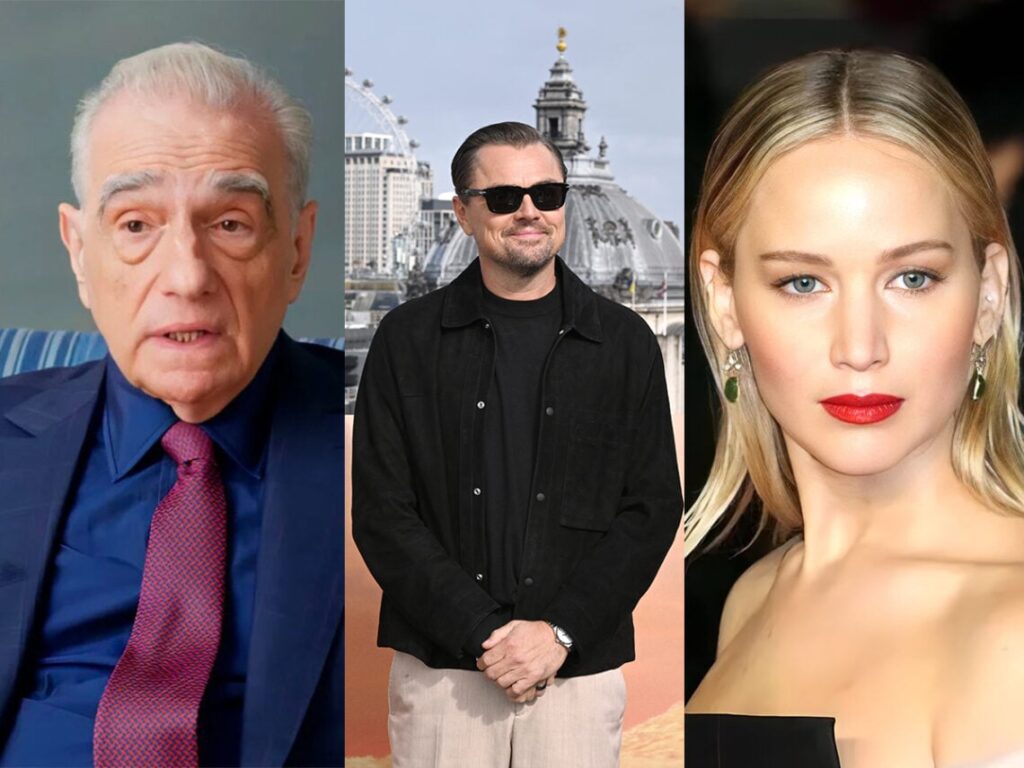How Lucille Ball’s teeth helped with the Second World War effort
 Posted On
Posted On
(Credits: Far Out / CBS Television)
Lucille Ball was a groundbreaking comedian during the Golden Age of Hollywood. Starting her career as an actor playing supporting roles in boilerplate musicals and film noirs, she made the leap to the then-obscure and experimental medium of television in 1951. Teaming up with her husband, the singer Desi Arnaz, she created I Love Lucy, a sitcom about a couple living in Manhattan. It was the first scripted series to be filmed in front of a live audience and the first to feature an ensemble cast. The fact that Arnaz was Cuban and playing the middle-class husband of a white woman was also revolutionary at the time.
Aside from the show’s innovations in television, Ball herself was a pioneer in comedy. She was the undisputed star of I Love Lucy, with each episode revolving around her comedic antics as a housewife whose intentions often overstep her abilities. These days, the gender dynamics of the series can be tough to stomach, but Ball’s comedic timing and physical comedy have stood the test of time. It’s down to her timeless skill that the show is still watched by millions of people in syndication and remains one of the most influential ever made.
Ball wasn’t just a great comedic presence on screen. She was also an excellent storyteller in interviews, a gift that was made all the more entertaining because of how many wild stories she had to tell. Chief among them was her experience during World War II when her recent dental work supposedly helped the US uncover a covert Japanese operation.
During a 1974 appearance on The Dick Cavett Show, Ball said that it all happened after she had gotten temporary fillings. Driving home from the studio one afternoon, she heard a rapid beeping sound when she passed a certain location.
“I’m picking it up in my teeth,” she said. “And I stopped the car, and I looked around… And I backed the car up, and it got stronger and stronger, and I kept on backing it up until it really got strong, and my whole jaw was vibrating.”
The following day, she went back to the studio and told the security office about what happened. The next thing she knew, they’d discovered an underground Japanese radio station transmitting Morse code.
Ball isn’t the only person to claim to have picked up a signal through their dental work. In 1947, a woman in Chicago claimed to have briefly picked up a radio station through her fillings while on a train. 14 years later, a 12-year-old claimed to hear music through a temporary filling, only to have the music go away when it was replaced by a permanent one.
While the scientific basis for these occurrences is murky, it is theoretically possible for a person to pick up signals through dental work. Radio receivers are made up of an antenna, a detector, and a transducer, which is something that can act as a speaker. In theory, a person’s body could be an antenna, while the metallic filling could be the detector, and anything in the mouth that vibrates could be a speaker. It isn’t likely to happen, but it isn’t impossible.
[embedded content]
Related Topics


